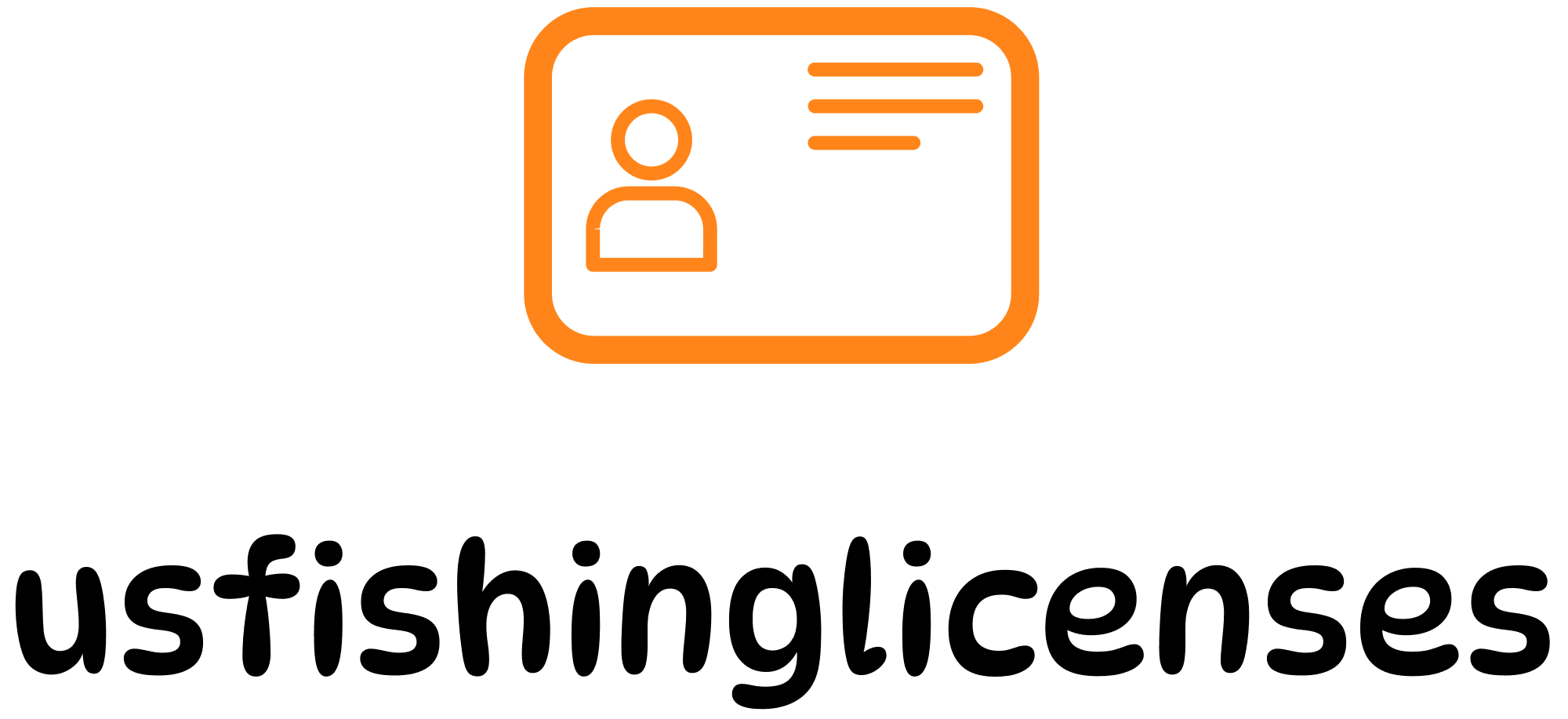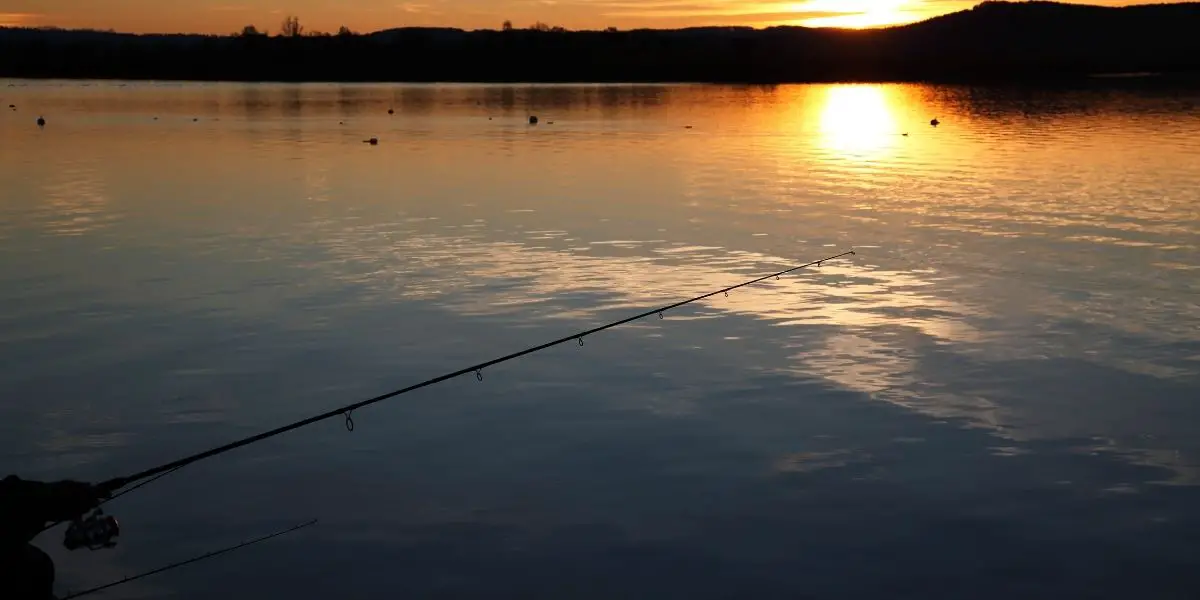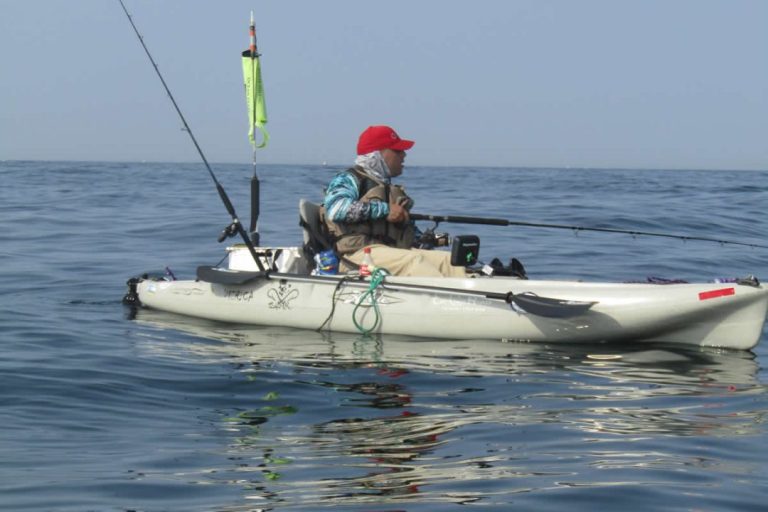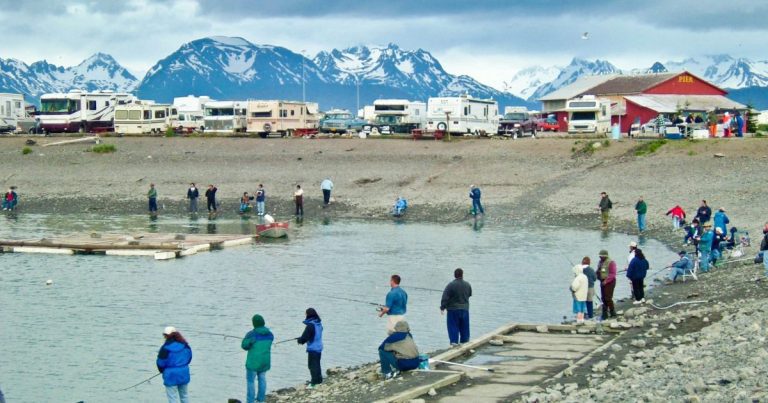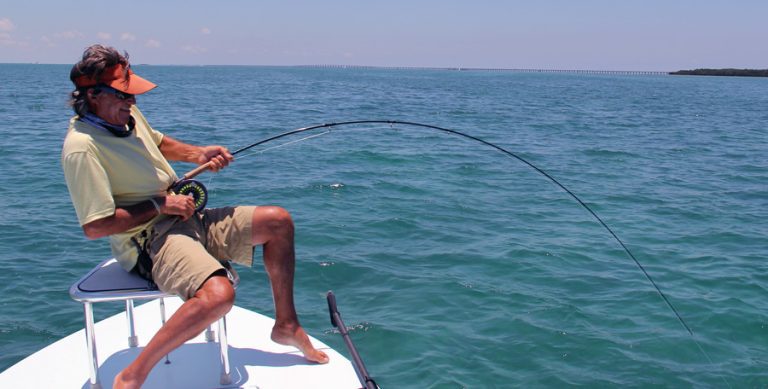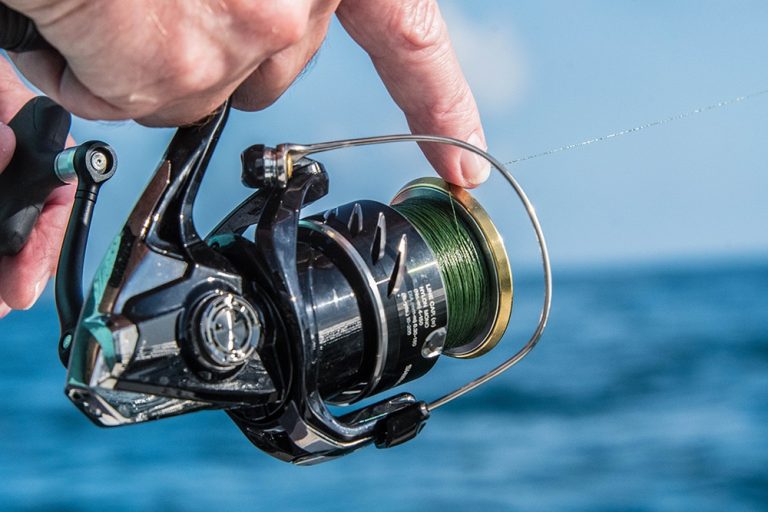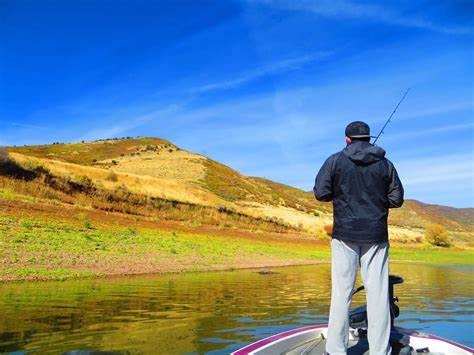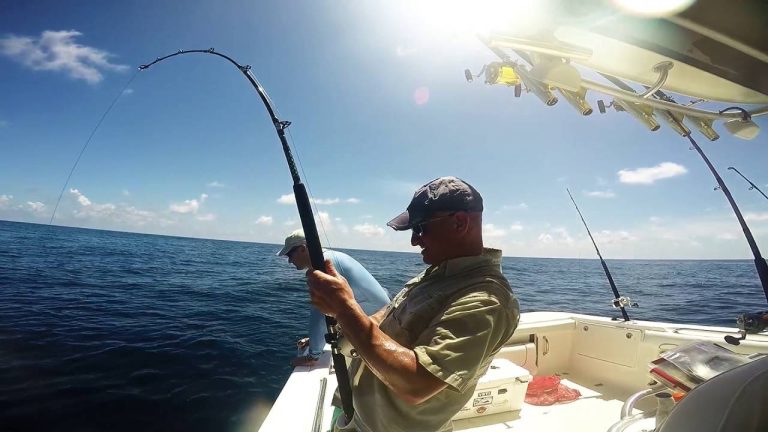Navigating the complex regulations of catch-and-release waters requires understanding both general fishing license requirements and the special permits often mandated for these conservation-focused areas. While standard fishing licenses cover many waters, catch-and-release zones frequently impose additional restrictions designed to protect vulnerable fish populations and their habitats.
Understanding Basic License Requirements vs. Special Permits
Catch-and-release waters operate under stricter regulations than standard fishing areas, reflecting their conservation mission. These designated zones typically require:
- A valid standard fishing license as your baseline requirement
- Potential supplementary permits specific to the catch-and-release area
- Acknowledgment of special gear restrictions and handling protocols
Standard fishing licenses provide the foundation for legal angling but may not fully cover the requirements for catch-and-release zones. For example, Minnesota’s trout stamp is mandatory for catch-and-release trout waters, even when no harvest is permitted.
When Standard Licenses Aren’t Enough
In many states, supplementary permits are required beyond your basic fishing license when targeting catch-and-release waters:
| State | Standard License | Additional Requirements for C&R Waters |
|---|---|---|
| Minnesota | Annual fishing license | Trout stamp for designated trout waters |
| Florida | Freshwater/saltwater license | Special permits for certain wildlife management areas |
| New York | Annual fishing license | No-cost enrollment in Recreational Marine Fishing Registry for saltwater C&R |
| Maryland | Freshwater/Chesapeake Bay/coastal license | Catch card reporting system for certain species |
“The complexity of these requirements reflects the careful management needed for sustainable fishing in sensitive ecosystems,” explains the Minnesota Department of Natural Resources, which maintains some of the nation’s most extensive catch-and-release regulations.
Region-Specific License Requirements
Northeast Region
Northeastern states feature some of America’s most stringent catch-and-release regulations, particularly for cold-water species like trout and salmon.
New York’s catch-and-release waters require anglers to possess both a standard fishing license and, for saltwater areas, registration in the state’s Recreational Marine Fishing Registry. During closed seasons, many waterbodies operate under strict catch-and-release regulations that prohibit harvest completely.
For additional information on New York regulations, you can view the full license requirements or check US Fishing Licenses’ New York guide.
Pennsylvania designates numerous streams as Artificial Lures Only (ALO) or Fly Fishing Only (FFO) waters with strict catch-and-release rules. These waters require the standard Pennsylvania fishing license plus a trout/salmon permit, even when no harvest is allowed. Learn more about Pennsylvania fishing license costs.
Southeast Region
Southern states balance recreational opportunity with conservation through season-based catch-and-release requirements.
Florida’s complex system includes:
- Year-round catch-and-release zones in vulnerable habitats
- Seasonal catch-and-release periods during spawning seasons
- Special management areas with unique permit requirements
Florida distinguishes between freshwater and saltwater regulations, with separate licenses required for each environment. Some marine areas mandate catch-and-release for specific species while allowing harvest of others. Find comprehensive information on Florida’s fishing regulations and Florida’s saltwater fishing license requirements.
Alabama’s catch-and-release requirements focus heavily on size limits and protected species. For example, Alabama’s Gulf Coast waters have implemented catch-and-release-only periods for certain gamefish during spawning seasons. Review Alabama’s fishing regulations for the latest updates.
Midwest Region
The Midwest features extensive catch-and-release waters for both cold and warm-water species.
Minnesota maintains numerous catch-and-release-only streams and lakes that require specific validation on your license. The state’s trout waters in particular carry special regulations:
- Artificial lures/flies only in many designated waters
- Mandatory immediate release requirements
- Special equipment restrictions (e.g., barbless hooks)
Minnesota’s catch-and-release regulations for Lake Superior tributaries are particularly strict, with separate licenses required for this Great Lakes watershed. Learn more about Minnesota fishing licenses.
Michigan’s extensive system of catch-and-release waters requires understanding which of the state’s various license types applies to your specific situation. Michigan’s Type 1-4 trout stream designations dictate different catch-and-release requirements throughout the year. Visit Michigan’s license page for detailed information.
Western Region
Western states manage vast fisheries with catch-and-release regulations that vary dramatically by elevation, water type, and species.
California’s catch-and-release waters include special regulation zones requiring specific endorsements beyond the standard fishing license. The state’s wild trout waters and coastal steelhead streams frequently operate under artificials-only, barbless hook, catch-and-release-only rules. View California fishing license information.
Alaska implements some of the most complex catch-and-release regulations in the nation, with requirements varying by:
- Residency status
- Species targeted
- Water body
- Season
Alaska’s catch-and-release areas frequently require special permits beyond the standard license, particularly for sensitive salmon and steelhead waters. Check Alaska’s fishing regulations before planning your trip.
Species-Specific Special Requirements
Many catch-and-release requirements target specific species in need of conservation protection:
Bass: During spawning seasons, numerous states implement catch-and-release-only periods for bass. These typically require standard fishing licenses but add temporal restrictions. Minnesota’s bass regulations exemplify this approach, with early-season catch-and-release-only rules.
Trout and Salmon: These species have the most extensive catch-and-release-only regulations nationwide. Requirements typically include:
- Special stamps or validations
- Gear restrictions (fly fishing only, barbless hooks)
- Season-specific limitations
Endangered and Threatened Species: Some species require immediate release regardless of where they’re caught. These protected species may have special handling requirements specified on your license or in regulations.
Gear Requirements for Catch-and-Release Waters
Catch-and-release waters frequently mandate specialized gear configurations to minimize fish mortality:
Hook Requirements
Barbless hooks are mandatory in many catch-and-release waters. According to research cited by the Maryland Department of Natural Resources, barbless hooks can reduce catch-and-release mortality by up to 30% for some species.
Minnesota’s nine-inch hook configuration rule for northern pike catch-and-release waters represents one of the most specific gear regulations. This rule requires hooks to be nine inches or less in total length to reduce deep hooking.
Handling Equipment
Special equipment requirements often include:
- Rubber or knotless mesh landing nets
- Fish handling gloves or wet hands requirements
- Prohibited use of stringers or live wells in some waters
Legal measurement devices must be carried on many catch-and-release waters, even when no harvest is allowed, so anglers can verify fish meet size requirements before release.
Understanding Penalties for Non-Compliance
Violations of catch-and-release regulations typically result in more severe penalties than general fishing infractions:
| Violation Type | Typical Penalty Range |
|---|---|
| Fishing without required special permit | $100-$500 fine |
| Illegal harvest in C&R waters | $250-$1,000 fine + possible license revocation |
| Gear violations in C&R waters | $50-$300 fine |
| Multiple or repeat violations | Up to $5,000 + mandatory court appearance |
New York’s environmental conservation officers can issue fines of up to $250 per fish for illegally harvesting from catch-and-release waters, with potential criminal charges for significant violations.
Step-by-Step Guide to Ensuring Compliance
Follow these steps to ensure you’re fully compliant with catch-and-release regulations:
- Identify your destination’s specific designation
Determine if your fishing location is officially designated as catch-and-release-only water. - Check for special permit requirements
Visit your state’s fish and wildlife website or US Fishing Licenses to identify any special permits required. - Verify gear restrictions
Confirm hook type, bait limitations, and landing net requirements for your specific water body. - Understand handling protocols
Learn the proper fish handling techniques required for your target species. - Carry proper documentation
Keep physical or digital copies of all required licenses and special permits. - Review seasonal changes
Many waters alternate between catch-and-release and regular regulations seasonally.
Conservation Impact and Biological Basis
Catch-and-release license requirements serve critical conservation functions supported by biological research:
NOAA Fisheries research indicates that properly implemented catch-and-release regulations can maintain fish populations while still allowing recreational access. Studies show that when anglers follow proper handling techniques, survival rates for released fish can exceed 90% for many species.
The biological basis for special licenses includes:
- Protection of spawning populations during vulnerable periods
- Preservation of trophy-size breeding stock
- Maintenance of genetic diversity in pressured fisheries
- Research opportunities through reporting requirements
Are there any exemptions to special catch-and-release permit requirements?
While youth and senior exemptions often apply to standard fishing licenses, special permits for catch-and-release waters typically apply to all age groups. Florida does offer exemptions during its Free Fishing Days, but these exemptions don’t always extend to special management areas.
How do I prove compliance if checked by a conservation officer?
Carry physical or digital copies of all licenses and special permits. Many states now offer smartphone apps that display your valid credentials. Some areas may require additional validation like catch reports or check-in procedures.
Do catch-and-release special permits cost extra?
Many do carry additional fees. For example, Minnesota’s trout stamp ($10 for residents) is required for catch-and-release trout waters. However, some states include catch-and-release privileges within their standard license structure.
Conclusion
Navigating catch-and-release license requirements demands attention to detail and understanding of region-specific regulations. By obtaining the proper special permits beyond your standard fishing license, you support conservation efforts while enjoying some of America’s most pristine fishing waters.
Remember that regulations change frequently, so check with state authorities before heading to catch-and-release waters. The extra effort to comply with special license requirements helps ensure sustainable fisheries for future generations.
For state-specific fishing license information, visit US Fishing Licenses or your state’s fish and wildlife agency website.
